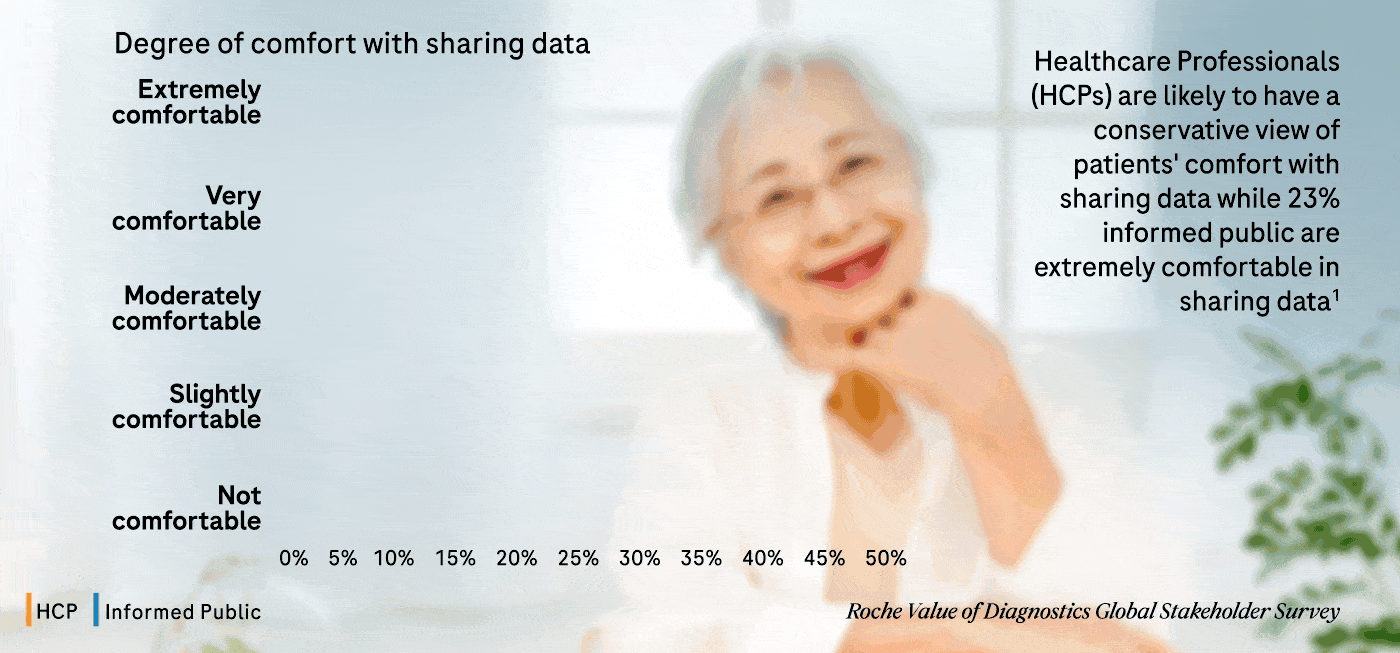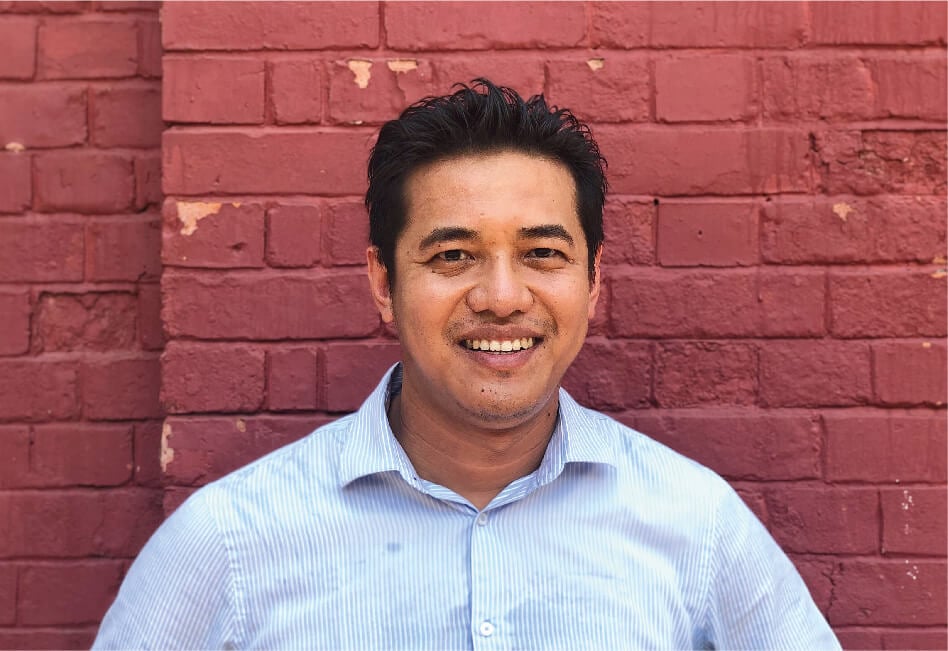Considering the shifting landscape of healthcare in Asia Pacific, health literacy and equitable access to care are emerging as essential factors in patient-centric care. This article draws attention to what can enable patients to be active partners in their care journey.
Covid-19 has ushered in its wake the urgent need to course correct ailing healthcare systems, and also highlighted a more critical concern – the care people receive has largely depended on where they live. This inequity suggests an urgent need to redesign care in order to meet the needs of those who matter – the patients.
The centrality of diagnostics has been well established. And while the pandemic has emphasised the importance of diagnostics access, implementing access through a myopic view of attaining Universal Health Coverage (UHC) without addressing broader social determinants will not serve long-term goals. Achieving UHC means better health outcomes and effective allocation of resources by ensuring equitable access for all populations. Similarly, ensuring health literacy and awareness as a crucial link to UHC drives patient willingness to being a part of their own care journeys. All of this, when done in a healthcare model that is designed to proactively meet the needs of people, supports patients and their caregivers to better manage chronic diseases, and in turn reduces the pressure on an entire health system.
Another area where such a complementary approach can be effective is in the adoption of digital technology. According to recent findings from a Roche Value of Diagnostics Global Stakeholder Survey, about 96% of healthcare professionals believe digitalisation will bring improvements within the healthcare system. Additionally, patients who are informed and comfortable in sharing health data are likely to value diagnostics for personalised treatment or care (61%).1 While many health systems have already adopted digital tools to overcome challenges brought on by the Covid-19 pandemic, sustainable implementation is more likely to be achieved in countries that have digital health policies and infrastructure in place, and where patients are better informed.
Healthcare Professionals (HCPs) are likely to have a conservative view of patients’ comfort with sharing data while 23% informed public are extremely comfortable in sharing data.1

Digital transformation
Digitalisation not only enables personalised healthcare, it empowers patients and their doctors with more individualised data that allows them to make informed decisions and gives patients a voice in formulating their care and treatment plans. This encourages patients to get involved, and stay involved. What it ultimately means is – better adherence to the treatment, higher engagement throughout their health journey, and better outcomes.
Insights from the Personalised Health Index, developed by leading public health experts and Roche, show that access to, and use of, personalised technologies and health services can strengthen healthcare systems in Asia Pacific.2 The region could further build on its ambition in digital transformation by exploring possibilities for “regional data interoperability, develop strategies to combat inequities in access to care and health literacy, and develop stronger policies and regulations for personalised healthcare.”

Humanising care
Better health outcomes will be hard to achieve unless healthcare providers also consider patient needs, aspirations and challenges – and how these enhance or impact each patient’s health journey and experience. Cultural, social, and economic barriers such as beliefs about the sources of illness, phobia, illiteracy, or lack of understanding about the value of diagnostics all impede patient centricity. Although technological advances will continue to disrupt the traditional primary-care model, countries should observe these areas holistically and through a human lens.
The region can improve public health by simplifying the patient journey such that patients are more at ease and comfortable discussing their health concerns. The idea is to create integrated continuums of care sans traditional hierarchy by empowering patients themselves.
Ultimately, where you live should not determine if you live. Access to testing is vital, so innovations like cervical cancer self-sampling tests increase access to screening and offer women an effective alternative to clinic-based procedures. Similarly, plasma separation cards allow for reliable quantitative testing of patients with HIV living in remote areas – even areas of extreme heat and humidity – while meeting the World Health Organization’s sensitivity requirement for determining HIV treatment efficacy.
Such life-changing innovations are only meaningful if it reaches those who need it. This is where collaborations with global and local stakeholders are pivotal to supporting governments’ efforts to build strong and resilient healthcare systems, particularly for people in Low – and Middle-Income Countries (LMICs) where 80% of the world’s population live.4
Road Ahead
As we transition from the concept of delivering care beyond a physical setting, with incredible advances made in diagnosing and treating diseases, healthcare decisions around a patient’s specific needs and desired outcomes is the way forward. Every year, about 1.1 million premature deaths in LMICs could be prevented by increasing access to diagnostics alone.3 With improved technology and enhanced diagnostic testing, we have the potential to now shift from a volume-based, ‘one size fits all’ approach to putting the needs of people and communities at the heart of care.5 All stakeholders must work together to bring the voice of patients to the decision making table to truly reshape the healthcare landscape. It will require close collaboration and cross-sector partnerships between policymakers, healthcare professionals, and patients to evoke much-needed change towards humanising care – one where the patient comes first.
*The information contained in this article was extracted from Edition 2022, Vol 12.






